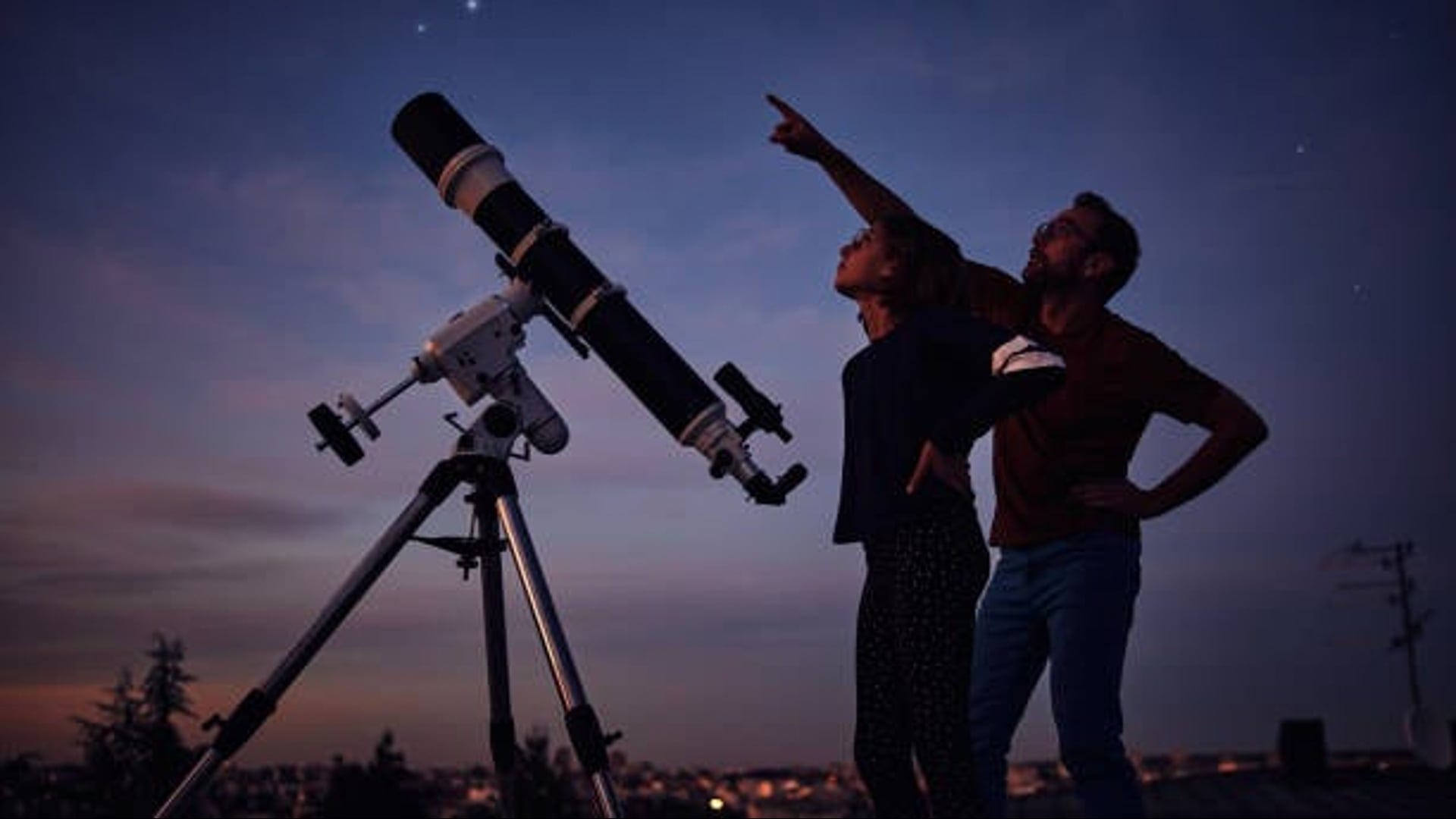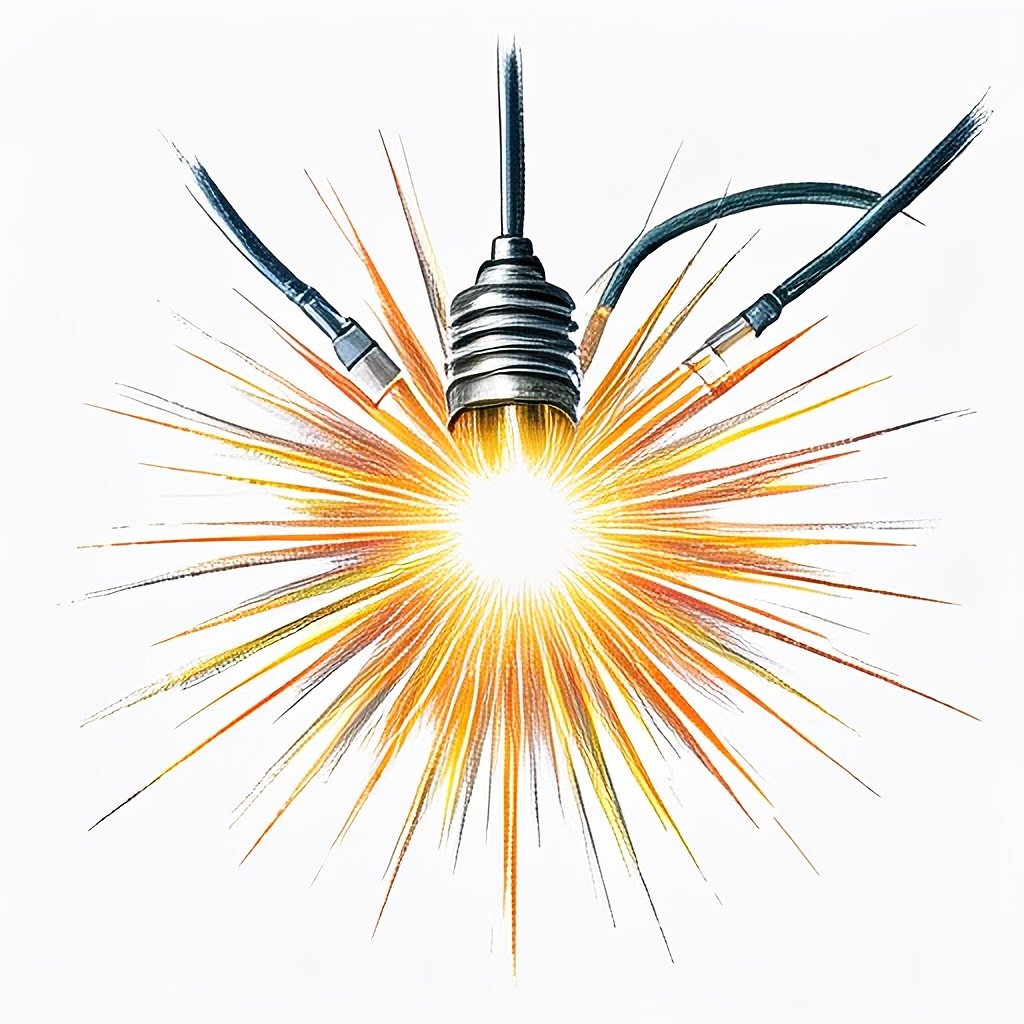What time is the lunar eclipse? Here’s when to see it in NY

2025’s must-see astronomical events: Eclipses, supermoons & more
2025 will be a fascinating year for astronomy and space exploration enthusiasts, with several unmissable events on the calendar.
unbranded – Newsworthy
Millions of people across the nation will be able to watch a rare total lunar eclipse when the full moon in March slips behind the darkest part of the Earth’s shadow.
A lunar eclipse is an alignment of the Earth, moon and sun where the moon passes through the Earth’s shadow, or umbra. As it does, the moon will appear to darken and take on a crimson shade of red.
But when will we see the pending “blood moon,” which will be North America’s lone lunar eclipse of 2025? And how do New Yorkers go about seeing the celestial event?
When to see the total lunar eclipse in March 2025
The moon will pass through Earth’s shadow and appear red the night of Thursday, March 13, into the early morning of Friday, March 14.
What time can you see the total lunar eclipse in New York?
For folks on the east coast, including New York, the timing of the total lunar eclipse is not ideal.
A partial lunar eclipse will start at 11:57 p.m. EDT on Thursday, March 13. But the most dramatic portion — when the moon turns totally dark — will occur between 2:26 a.m. and 3:31 a.m. on Friday, March 14, according to Space.com and TimeAndDate.com.
The eclipse will end at 6 a.m.
What will you see during the total lunar eclipse?
From start to finish, a total lunar eclipse is a magnificent sight to behold. Here’s what New Yorkers will see during the event, according to NASA:
- 11:57 p.m., Penumbral eclipse begins: The moon enters the Earth’s penumbra, the outer part of the shadow. The moon begins to dim, but the effect is quite subtle.
- 1:09 a.m., Partial eclipse begins: The moon begins to enter Earth’s umbra and the partial eclipse begins. To the naked eye, as the moon moves into the umbra, it looks like a bite is being taken out of the lunar disk. The part of the moon inside the umbra appears very dark.
- 2:26 a.m., Totality begins: The entire moon is now in the Earth’s umbra. The moon is tinted a coppery red. Try binoculars or a telescope for a better view. If you want to take a photo, use a camera on a tripod with exposures of at least several seconds.
- 3:31 a.m., Totality ends: As the moon exits Earth’s umbra, the red color fades. It looks as if a bite is being taken out of the opposite side of the lunar disk from before.
- 4:47 a.m., Partial eclipse ends: The whole moon is in Earth’s penumbra, but again, the dimming is subtle.
- 6 a.m., Penumbral eclipse ends: The eclipse is over.






